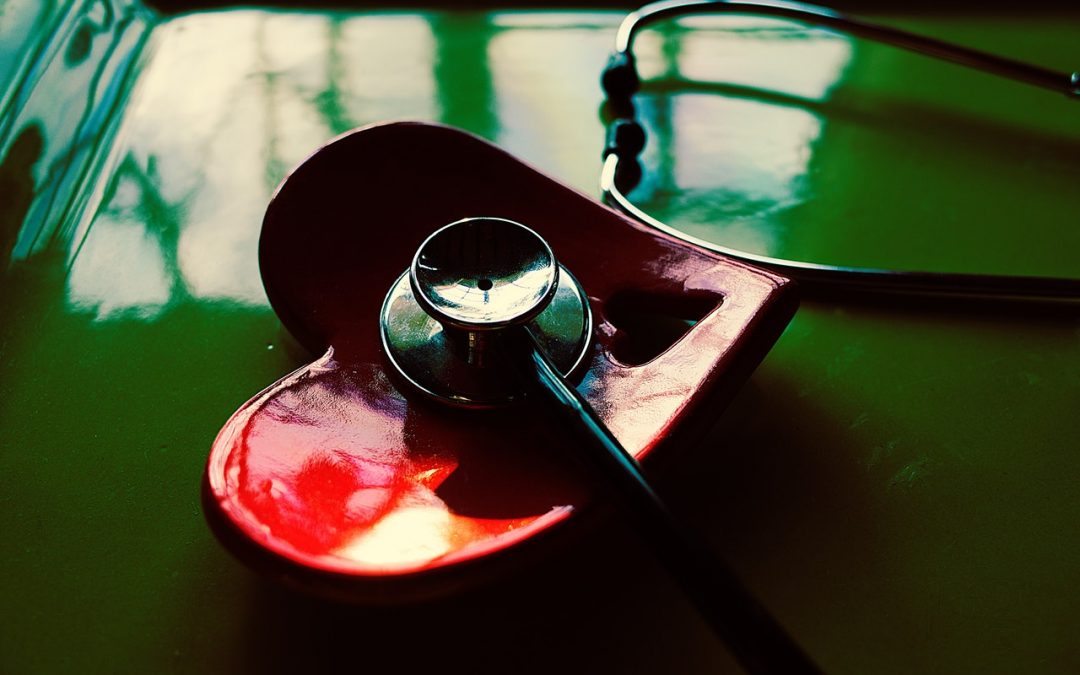I spent four years serving as a flight surgeon in the United States Air Force. In that role I was fortunate to fly faster than the speed of sound, participate in aerial refueling, and, during training missions, drop a bomb and fire a 50 caliber machine gun out the open door of a helicopter. I went on one wartime deployment and several training deployments all over the world. People frequently ask me what this job involved and are curious about what it took to become a flight surgeon. In short, a flight surgeon is a doctor who has special training in the effects of flying on humans. In addition, in the USAF, the flight surgeon fills several other roles I will discuss here, I will close with some details for the training I had for this position.
Flying exposes people to a high altitude environment. Because of the lower pressure at altitude, people are exposed to hypoxia (lower oxygen). In addition, moving from one altitude to another causes pockets of gas inside the body to change in size. If you’ve ever flown or ridden on a fast elevator in a tall building, you’ve felt the pressure as the gas inside your middle ear expands with increased altitude and contracts with decreased altitude. Rapid decrease in atmospheric pressure can lead to decompression illness, commonly called the bends. It’s essential for the doctors taking care of aviators to be well-versed in this physiology so they can make informed decisions whether the aviator can keep flying when dealing with an illness, injury, or taking a medication.
In the USAF, the flight surgeon also is a concierge medicine provider for the air crew and their families. So in addition to taking care of the pilots, navigators, and load masters, I also took care of their husbands, wives, and children. In fact, it was spending time taking care of children as a flight surgeon that motivated me to go into pediatric surgery.
An Air Force base is a large industrial operation with thousands of workers. The military must adhere to OSHA safety rules and the flight surgeon serves as the medical director for work safety inspections in conjunction with the public health office and bioenvironmental engineering. The flight surgeon is an occupational medicine doctor. When USAF flight surgeons do additional training in a residency in aerospace medicine, they will sit for the occupational medicine boards.
Flight surgeons are a part of the flying safety mission. I had to give quarterly flight safety briefings to the flight crew. Additionally, I served as an aircraft mishap investigator on several occasions working with a team of people to understand what caused the mishap in an effort to prevent it from happening again. I also worked with the aircrew on planning sleep/wake/duty scheduled for long duration missions.
Finally, flight surgeons function as travel medicine specialists. When anyone on base was getting ready to deploy overseas, I would research the relevant geographic health risks and brief the troops and ensure that their vaccinations were in order. Once deployed, the flight surgeon was responsible for the health of the troops in providing direct care and in ensuring that appropriate prevention was in place such as hand washing, sunscreen, and mosquito nets.
To prepare for this job required some special training. First of all, to be a flight surgeon you need to become a doctor and complete post-graduate training. In my office, three of us had done internships, two had trained in family practice, one one was an internist. We all went through officer training designed specifically for doctors. Here we learned the basics of military life like which uniform to wear and when, when to salute, how units are structures. We also participated in a lot of classroom and field leadership training.
Before progressing further, the candidate must pass a flying physical which is more rigorous than a regular commissioning physical. I actually failed my physical because I, like 8% of men, have color blindness. Fortunately, I received a waiver allowing to fly in tankers, transporters, and bombers.
The next step was a six week course in aerospace medicine. In this class we learned about the physiology of altitude change and hypoxia. This included a “flight” in an altitude chamber where the pressure was reduced to take us to an altitude of 30,000 feet. We went into all sorts of human factors such as circadian rhythms. We learned about deployment medicine. We spun in centrifuges to understand g-forces in flying. We had a fun ride in an ejection seat simulator, We took a three day survival course. We learned parachute landing falls. We even practiced public speaking to get us ready for flying safety briefings. We learned about the aeromedical evacuation system and how to prepare patients for aerial transport. At the end of the course we were awarded our wings and became rated flight crew. Once I arrived at my base I had to go through specific safety training for my assigned aircraft and additional parachute and ejection training.

